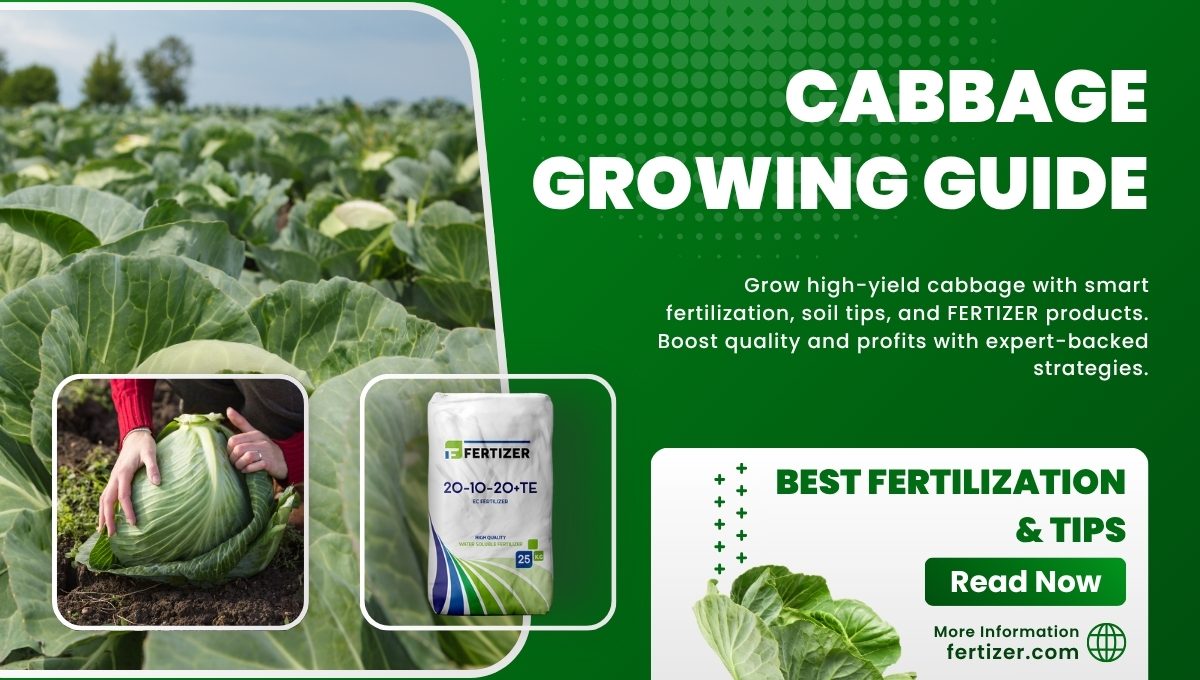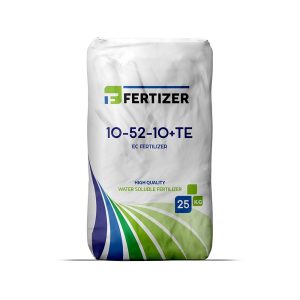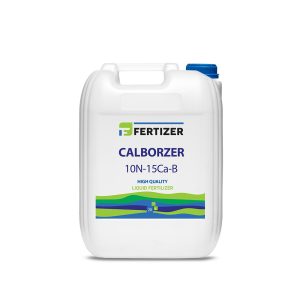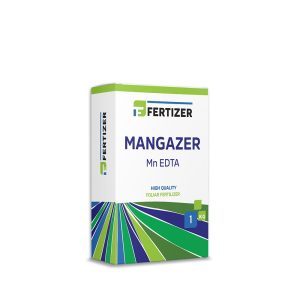Cabbage (Brassica oleracea L.) is one of the most widely grown leafy vegetables around the world. Thanks to its high nutritional value and versatility in the market, it’s a favorite among growers. Whether you’re aiming for the fresh produce aisle or industrial processing, with the right fertilization and growing methods, cabbage can be a very profitable crop. In this article, we’ll walk through the growing stages, smart fertilization strategies, and how FERTIZER products can help tie it all together.
This guide is built to help both new and experienced growers succeed step by step.
Why Cabbage? Health Appeal & Market Demand
Cabbage is packed with glucosinolates (powerful antioxidants) and essential vitamins like C, K, and B6. This nutritional punch makes it especially attractive to health-focused consumers. But to grow cabbage successfully, you need a clear understanding of what the plant needs throughout its life.
- For Fresh Markets: Looks matter shape, size, and appearance make all the difference.
- For Processing: It’s all about maximizing yield per hectare.
So, your growing and fertilizing approach should align with your market goal.
Growth Stages – A Nutrient-Hungry Plant
Cabbage has a relatively long growth period compared to many vegetables and produces a large biomass. That means it draws heavily on both macro and micro nutrients.
The main stages to focus on:
- Early Vegetative Stage
- Head Formation
- Maturity and Harvest
Each of these stages requires a slightly different nutrient balance, so timing your fertilization accordingly is key.
Ideal Soil and Climate Conditions
- Soil: Loamy soil that drains well but still holds moisture
- pH: Best range is 6.0 to 7.0
- Temperature: Cabbage thrives in cool weather ideally between 15°C and 21°C
Keep in mind: a lack of magnesium or boron in the soil can lead to stunted growth or head rot. Soil testing early on can help you avoid these issues.
Fertilizing Cabbage – A Layered Approach
The best results and high yields come from a step-by-step fertilization plan. This plan should take into account the cabbage variety, how long it grows, and what kind of yield you’re aiming for.
Macronutrients
- Nitrogen (N)
- Fuels vegetative growth
- Nitrate form is especially important
- Use: FERTIZER NITROZER – steady and balanced nitrogen intake
- Phosphorus (P)
- Crucial for root development and head formation
- Needed continuously
- Use: FERTIZER 10-52-10+TE – high phosphorus to support early development
- Potassium (K)
- Helps with water balance and disease resistance
- 75% of K is absorbed during head formation
- Use: FERTIZER 20-10-20+TE – good balance of N and K
- Magnesium (Mg)
- Vital for photosynthesis lack of it causes yellowing leaves
Micronutrients
- Boron (B)
- Supports strong cell walls and prevents internal rot
- Use: FERTIZER CALBORZER – includes calcium and boron
- Molybdenum (Mo)
- Especially helpful in cooler weather to assist nitrogen metabolism
- Use: FERTIZER SEVENZER – contains Mo, B, and Mn
- Manganese (Mn)
- Use: FERTIZER MANGAZER – improves leaf health and overall vigor
Fertilizer Timing – What to Apply and When
| Stage | Product | Application Method | Timing |
|---|---|---|---|
| Transplanting | 15-30-15+TE, 10-52-10+TE | Base or irrigation | Day 0–7 |
| Early Vegetative | NITROZER + MANGAZER | Foliar + drip | Day 10–25 |
| Head Formation | 20-10-20+TE + CALBORZER | Drip | Day 30–50 |
| Pre-Harvest Boost | SEVENZER | Foliar | Day 55–65 |
Note: Adjust dosages depending on your variety and soil fertility.
Pest & Disease Defense – Natural Allies
Even with proper nutrition, cabbage can still fall victim to fungal or bacterial diseases. While chemicals are an option, natural biological agents are gaining popularity:
- Trichoderma spp.
- Bacillus subtilis
These helpful microbes colonize the plant’s surface, forming a protective barrier against harmful invaders.
Broccoli Tip – A Close Relative
Though it’s a different variety group, broccoli grows similarly and has nearly the same nutrient needs:
- 75% of N and K uptake happens during head formation
- P is needed all throughout
- Because broccoli grows fast, it burns through B and Mo quickly
With minor tweaks, cabbage fertilization strategies can be applied to broccoli as well.
Quick Tips for Better Cabbage
- Always start with a soil test
- Don’t forget sulfur in your nutrition plan
- Apply micronutrients through both soil and foliar sprays as needed
- Rotate irrigation techniques to protect root health
- Keep an eye on signs (e.g., hollow stems = boron deficiency)
Why Fertilizer from FERTIZER?
FERTIZER offers science-based fertilizers crafted for intense vegetable production:
- 100% water-soluble
- Fast nutrient absorption
- Suitable for both drip and foliar use
- Full nutrition with micro elements included
The result? More yield, better quality, and higher profits.
Ready to Grow Strong, Healthy Cabbage?
Success in cabbage farming isn’t just about good seeds and soil. It’s about having a smart fertilization plan that matches your growing conditions and market goals. With a production plan built around Fertizer.com’s solutions, you can boost both your yield and crop quality.
✅ Now’s the time! Explore cabbage-friendly fertilizers and start productive growing today.







